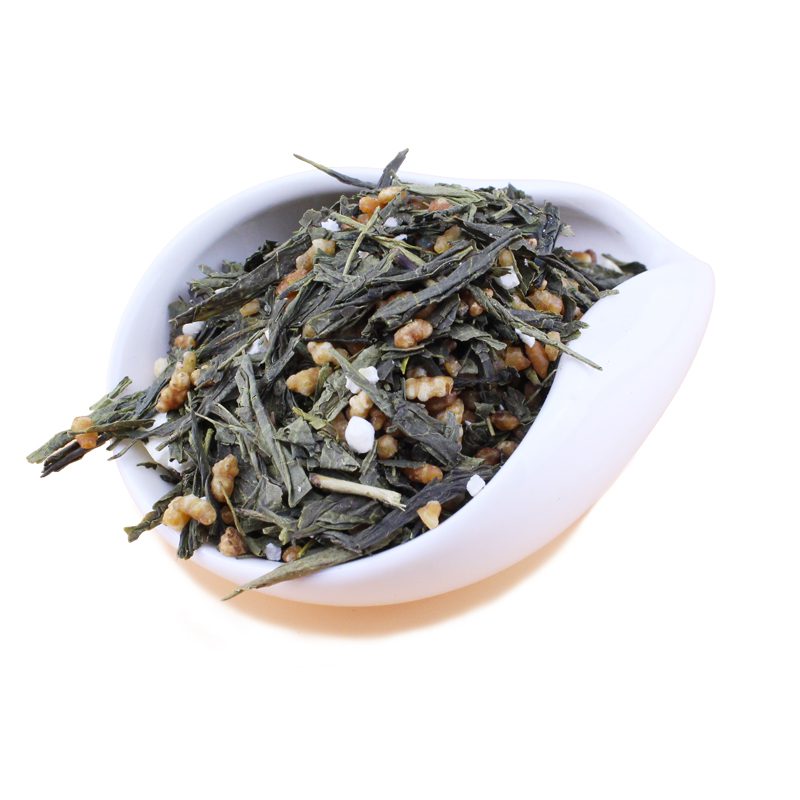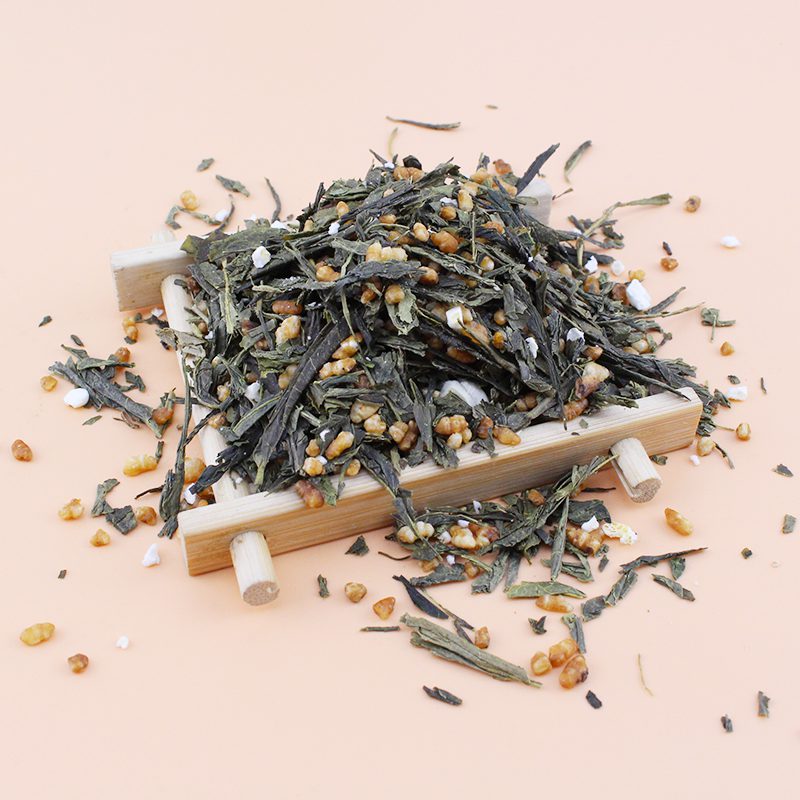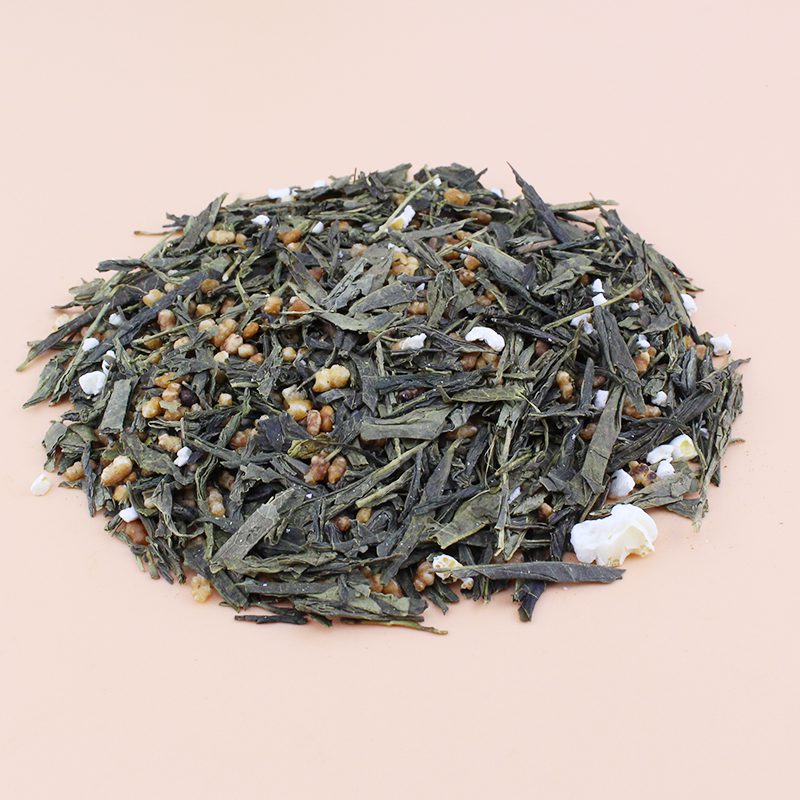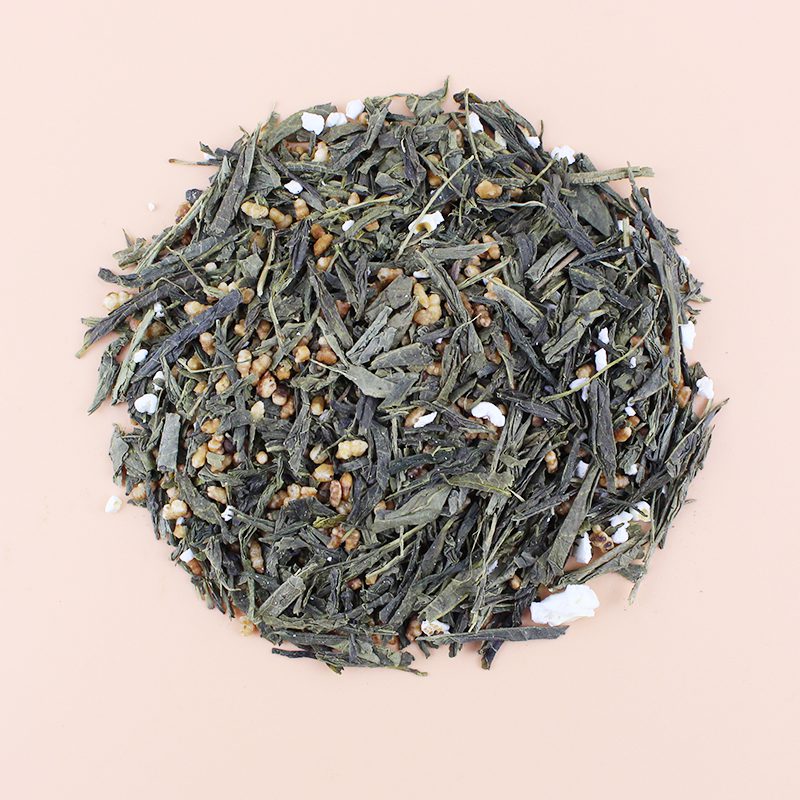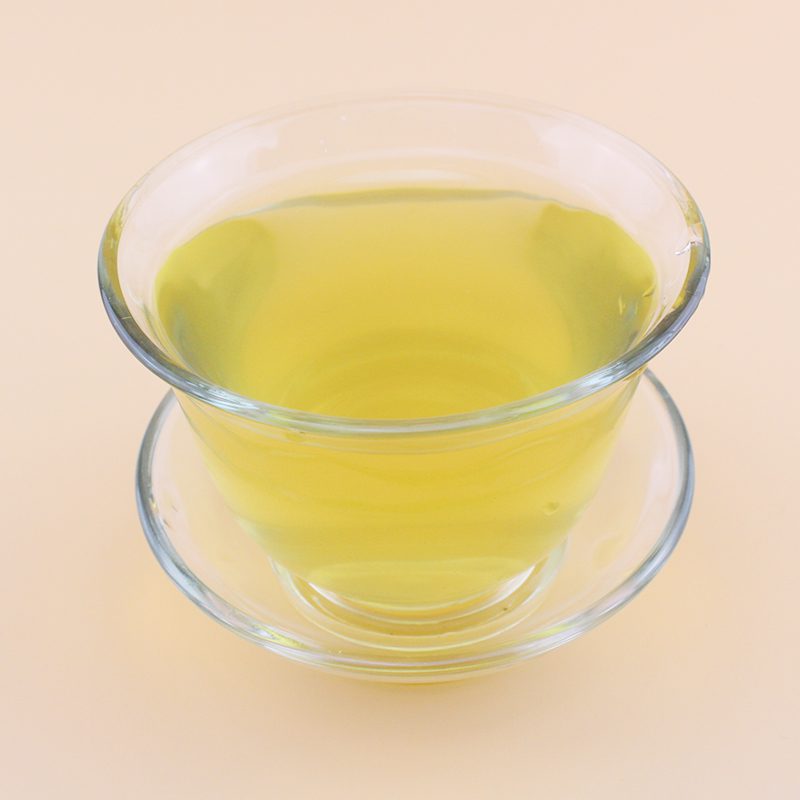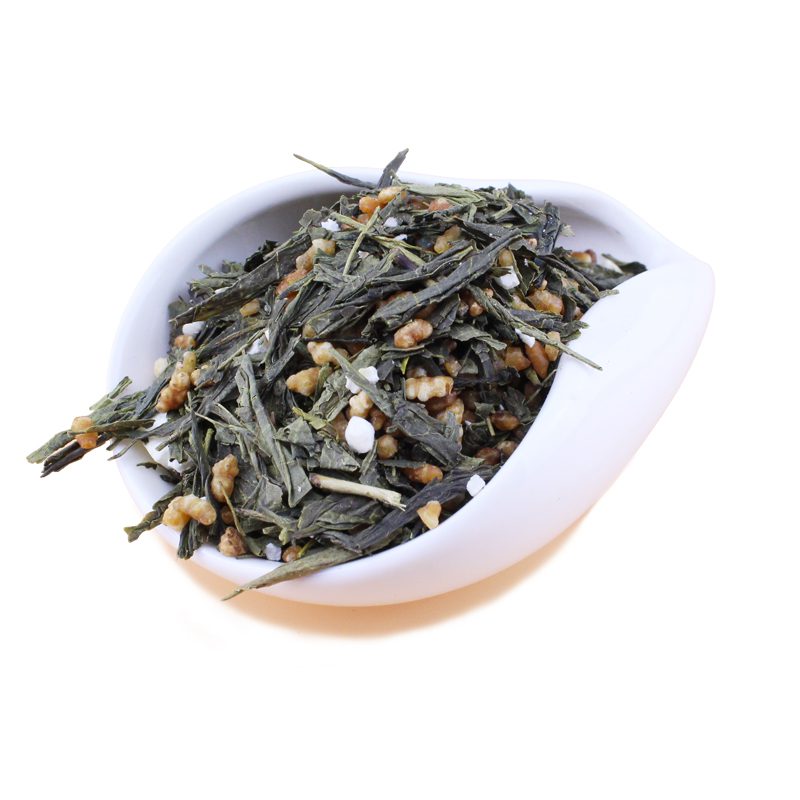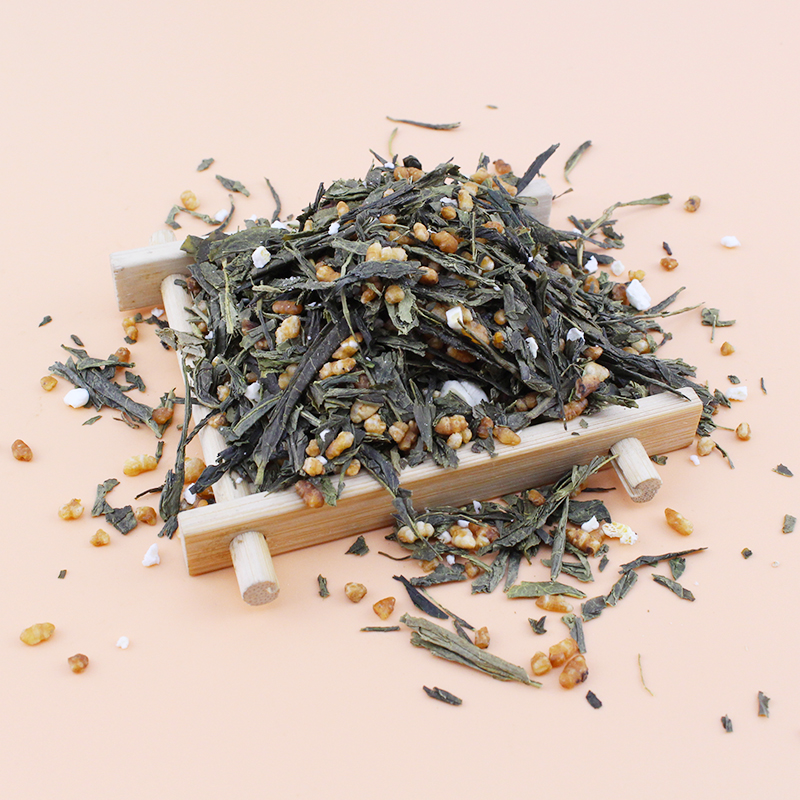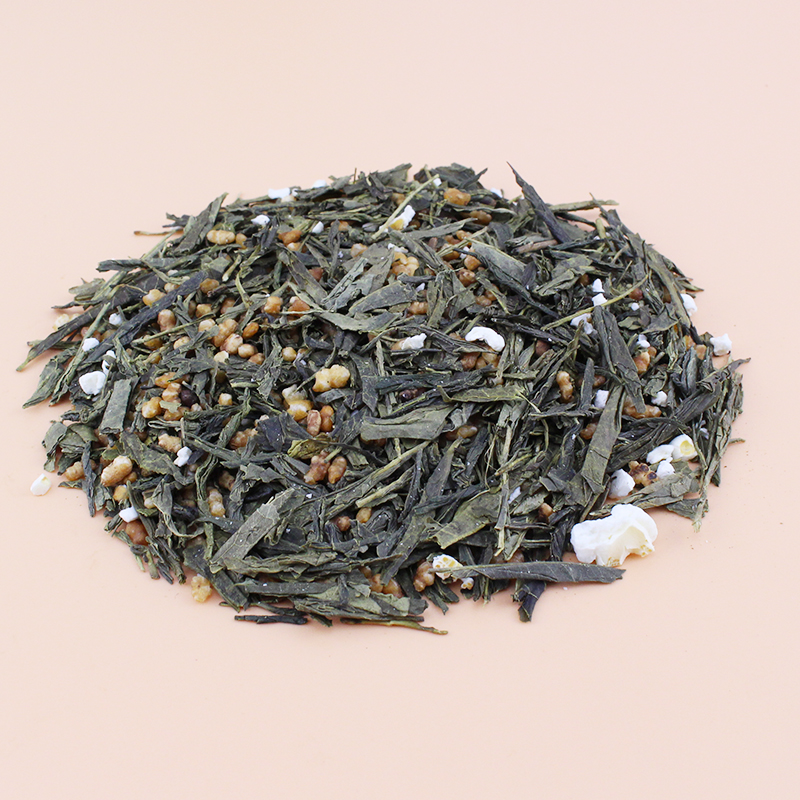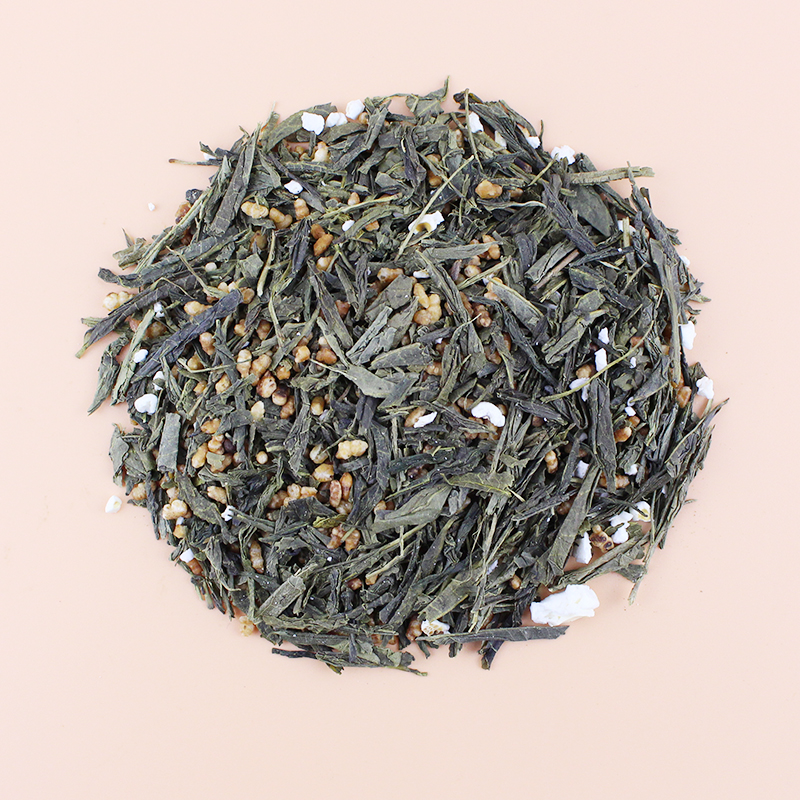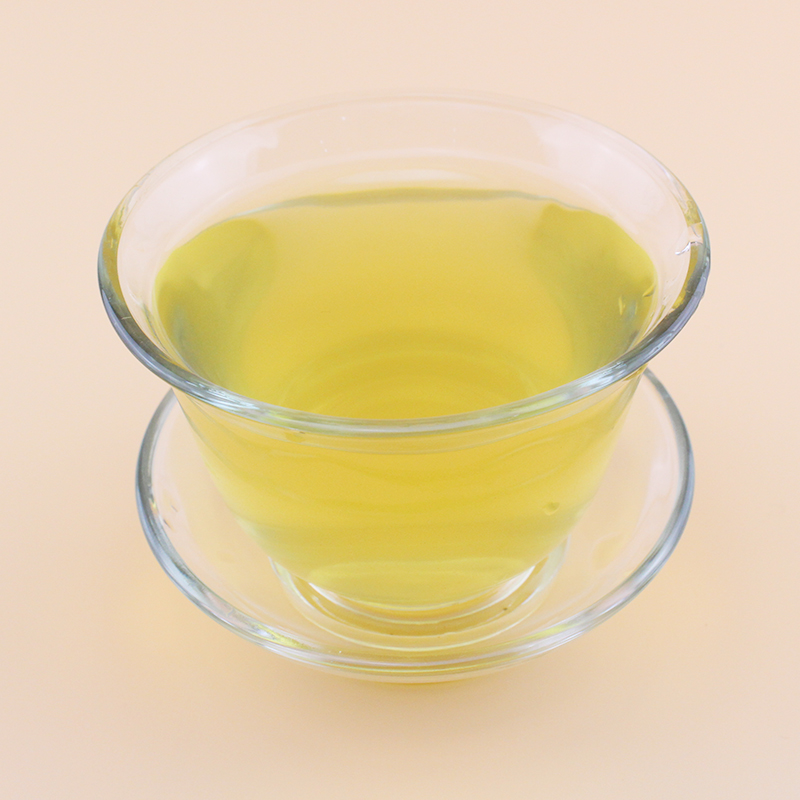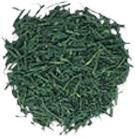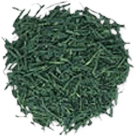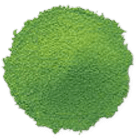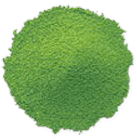Bio Genmaicha Grüner Tee
Bio Genmaicha Grüner Tee
Organic Genmaicha Green Tea, sencha green tea blended with roasted brown rice as Japanese. Roasted Rice Tea Sencha Genmaicha Flavoured Green Tea Diet Brown Rice Brewing
Produkt Einzelheiten
Sencha Grüner Tee
Steamed green tea is famous as its "three green"
the feature of “Jade green of tea appearance”, “Azure green of tea soup” and “Dark green of brewed tea leaves”
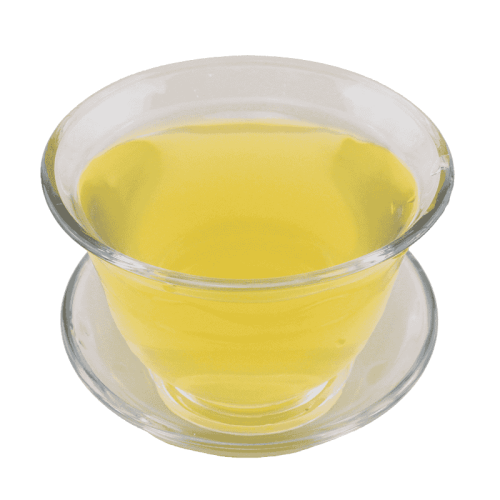

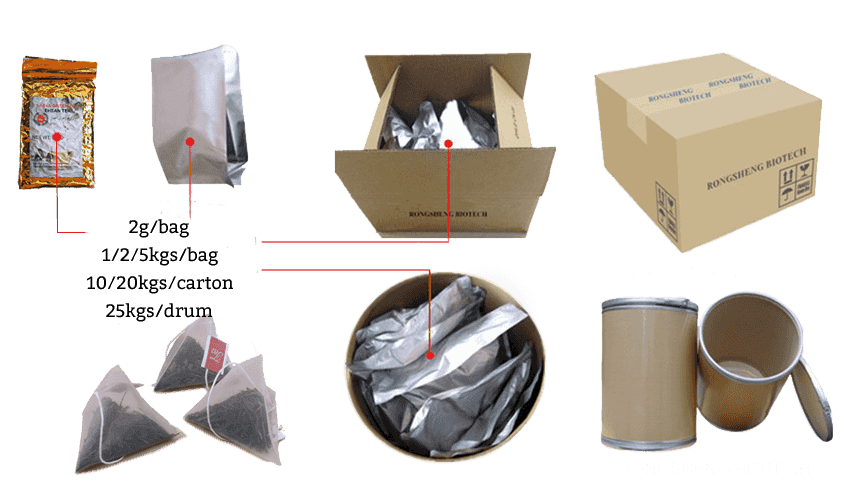
Health and Sicherheit
Welcher Tee ist gesund und sicher und kann ohne Bedenken getrunken werden?
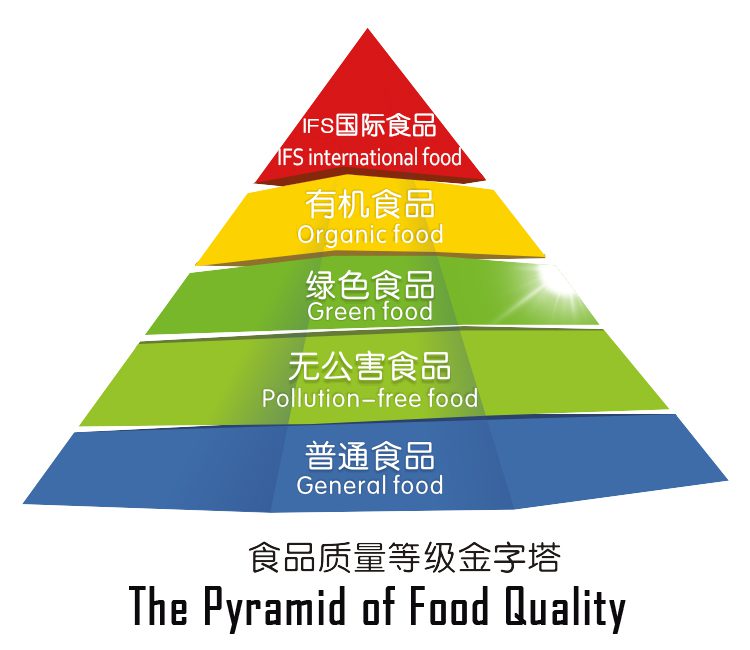
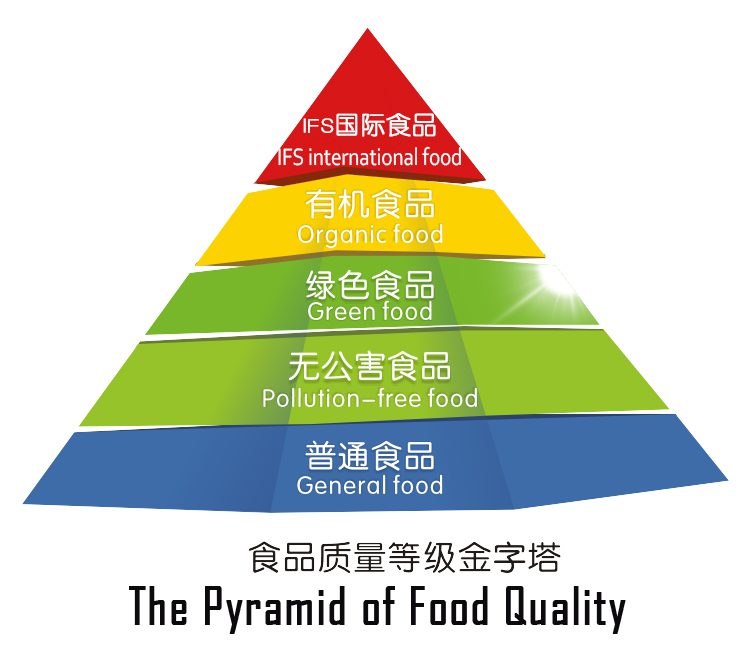
IFS Internatinal Food
465 Punkte wurden nach EU-Vorschriften geprüft, 376 Punkte nach dem internationalen Standard der EG und des USDA.
Bio-Lebensmittel
Verbot der Verwendung von Transgenosen, Bestrahlung, chemischen Düngemitteln, synthetischen Pestiziden, Herbiziden und anderen Zusatzstoffen.
Geen Essen
Strenge Beschränkung der Verwendung von chemischen Düngemitteln, synthetischen Pestiziden, Herbiziden und anderen Zusatzstoffen.
Allgemeine Lebensmittel
Erlauben Sie die Verwendung von chemischen Düngemitteln, synthetischen Pestiziden, Herbiziden und anderen Zusatzstoffen.
Schadstofffreie Lebensmittel
Beschränken Sie die Verwendung von chemischen Düngemitteln, synthetischen Pestiziden, Herbiziden und anderen Zusatzstoffen.
Um ein gesundes Lebensmittel zu beurteilen, ist das Testergebnis der Pestizidrückstände, auch wenn Bio-Lebensmittel, das Testergebnis ist auch positiv. Jedes Land hat seine eigenen Vorschriften, wir haben uns an die strengsten Normen der Europäischen Union und sogar an die internationale ORGANIC-Norm gehalten. Wir haben den Test von einer internationalen Behörde durchführen lassen. EUROFINS .
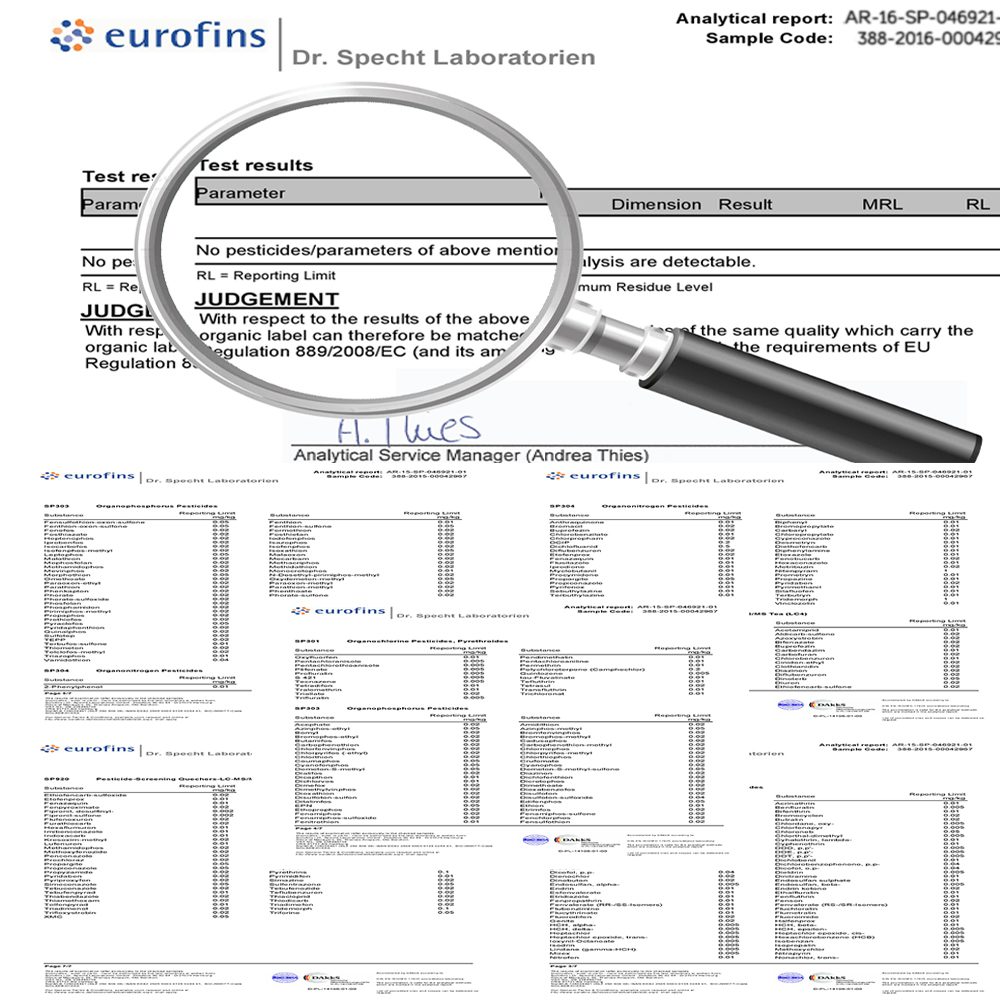
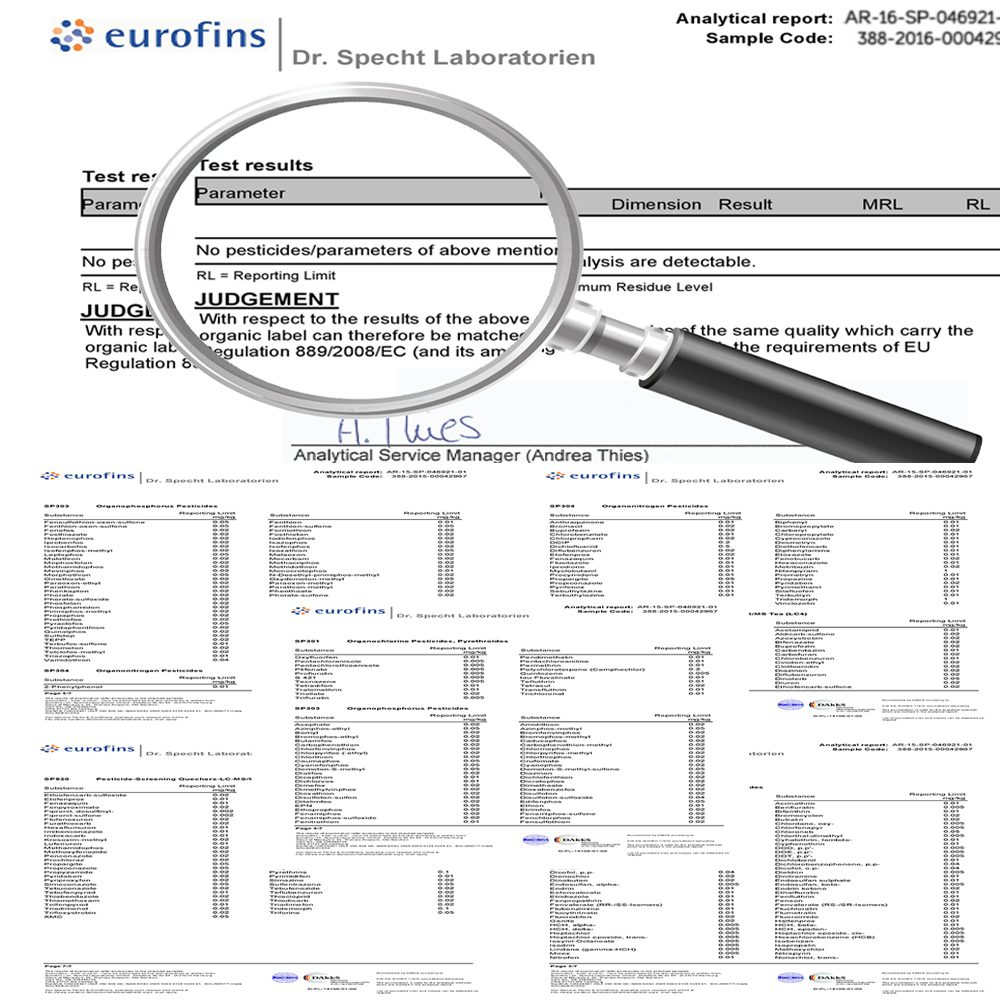
Unsere Bio-Zertifikate werden durchgeführt von BCS internationale Institution. Wir erfüllen die dreifachen Standards von EU, USDA und JAS und verfügen über alle drei Bio-Zertifikate. Bei Bedarf können wir Bio-TC-Zertifikate für den Bio-Handel unserer Kunden ausstellen.
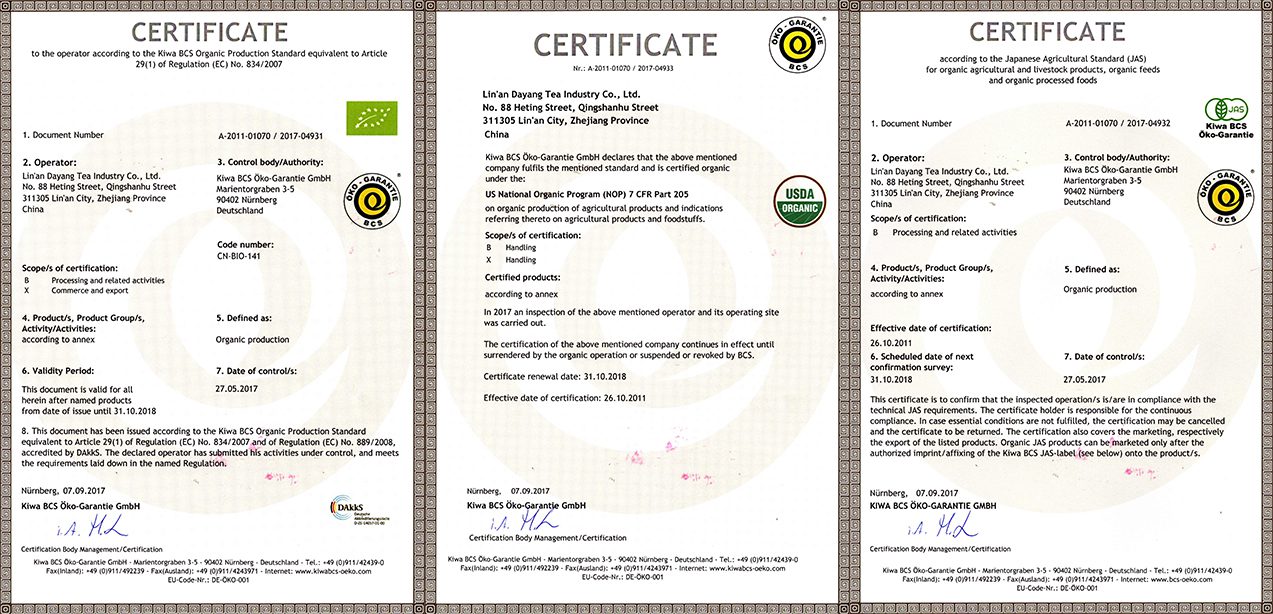
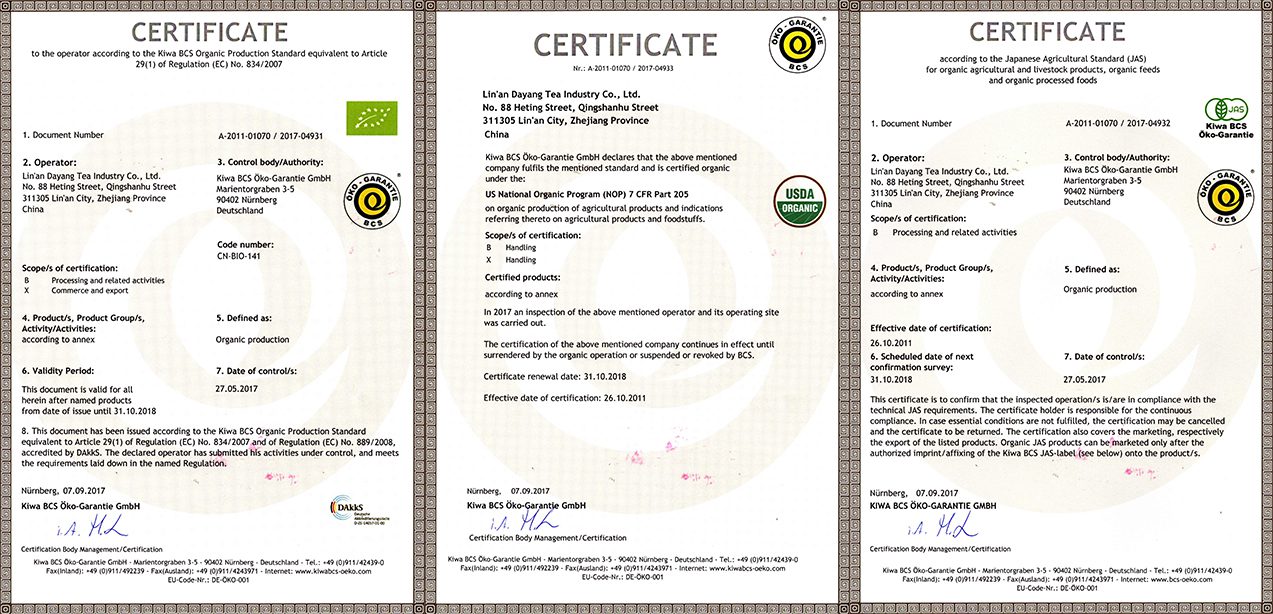
Tee Vorteile
Matcha is a treasure, it is also the cure of disease. Its nutrition of tea covers all Sieben wichtige Nährstoffe in Lebensmitteln & Sechs Arten von lebenswichtigen Nährstoffen auf der Welt.
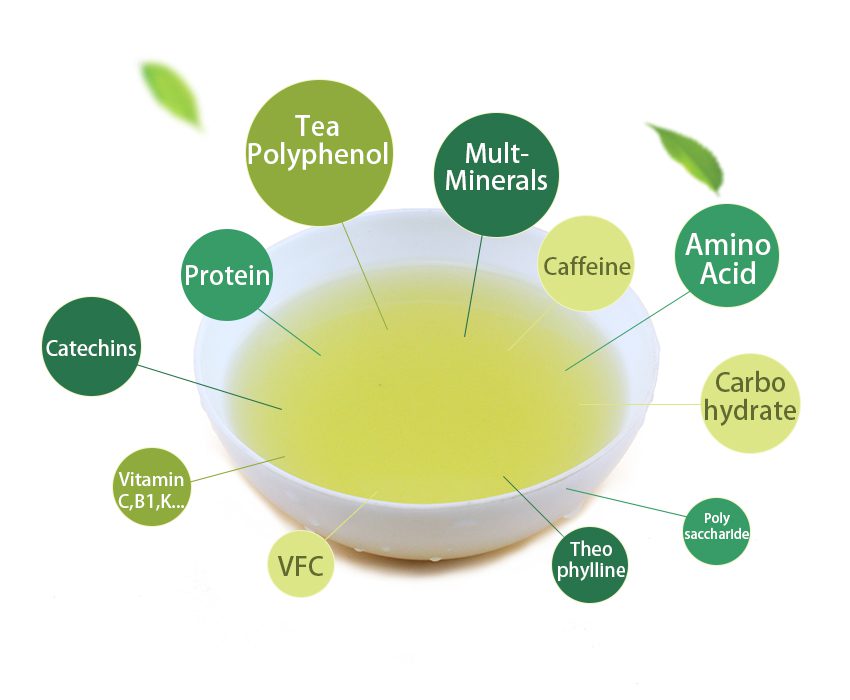
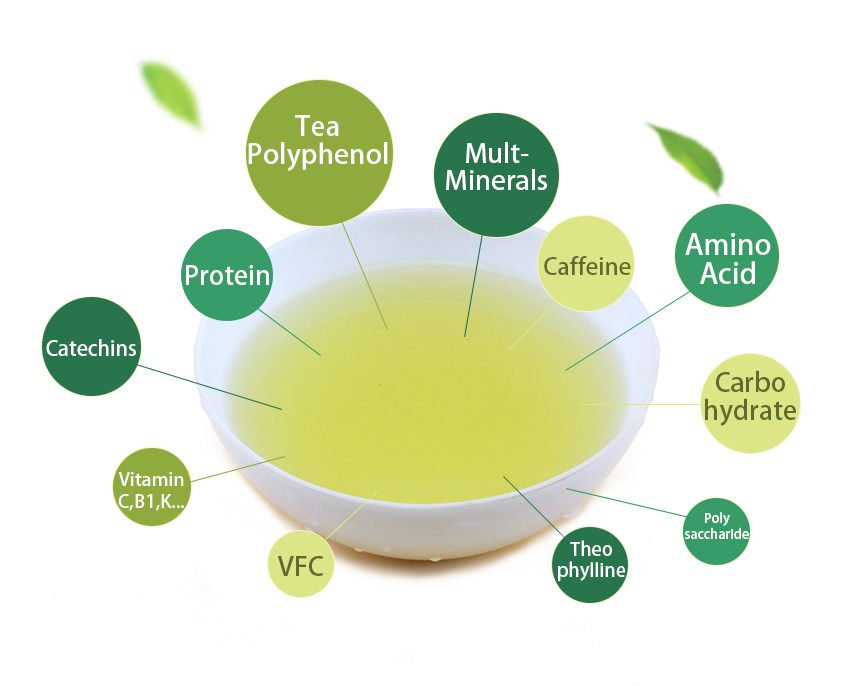
Tee-Polyphenol, Aminosäure, Theanin, Catechine (EGCG, ECG, EC, EGC), Protein, Koffein, Vatamin (C, A, D, E, P, U, K, B1, B2, B3, B5, B6, B11, B12...), Theophyllin, Kohlenhydrate, Tee-Polysaccharide, flüchtige Duftstoffe, Mineralien (K, P, Ca, Mg, Na, CL, S, Fe, Cu, Zn, Mn, Mo, Ni, Sn, Fo, Co, Cr, F, I, Se, Si).
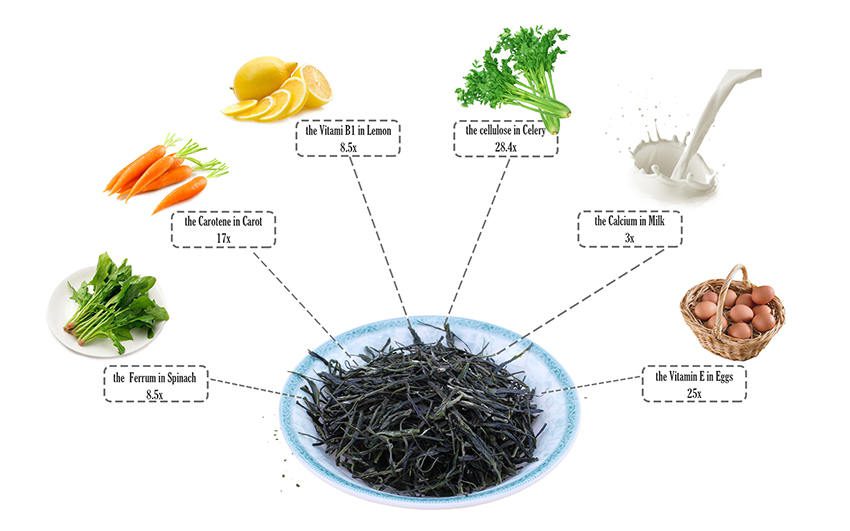
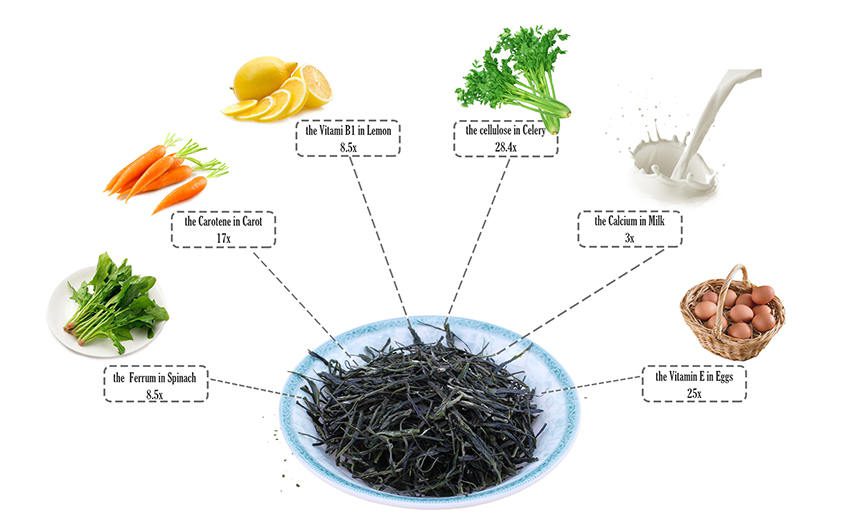
Produktion Prozess
How the sencha has been produced?
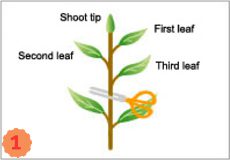
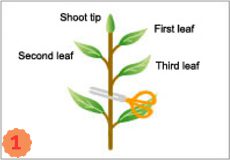
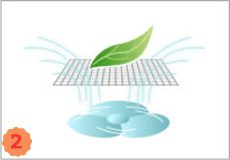
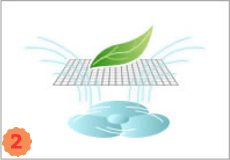
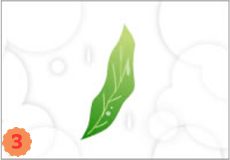
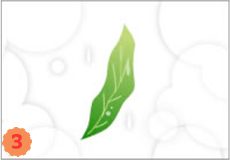
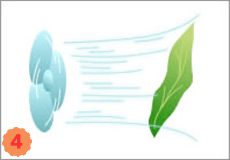
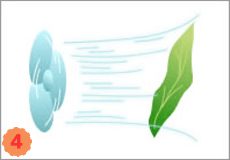
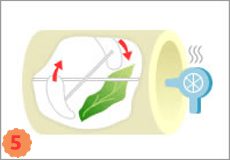
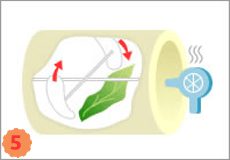
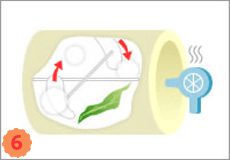
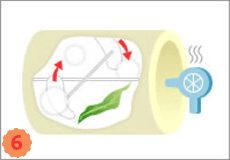
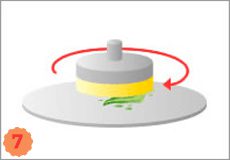
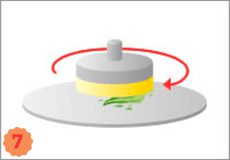
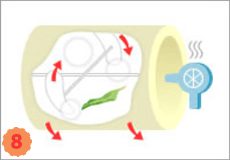
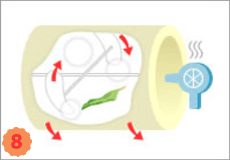
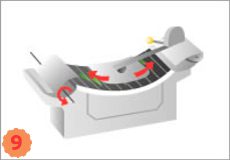
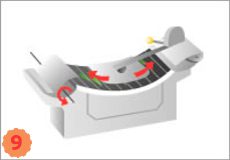
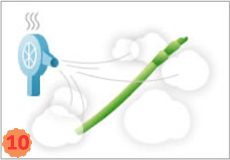
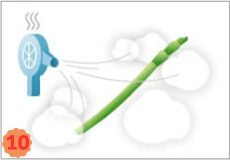
Tee Variety
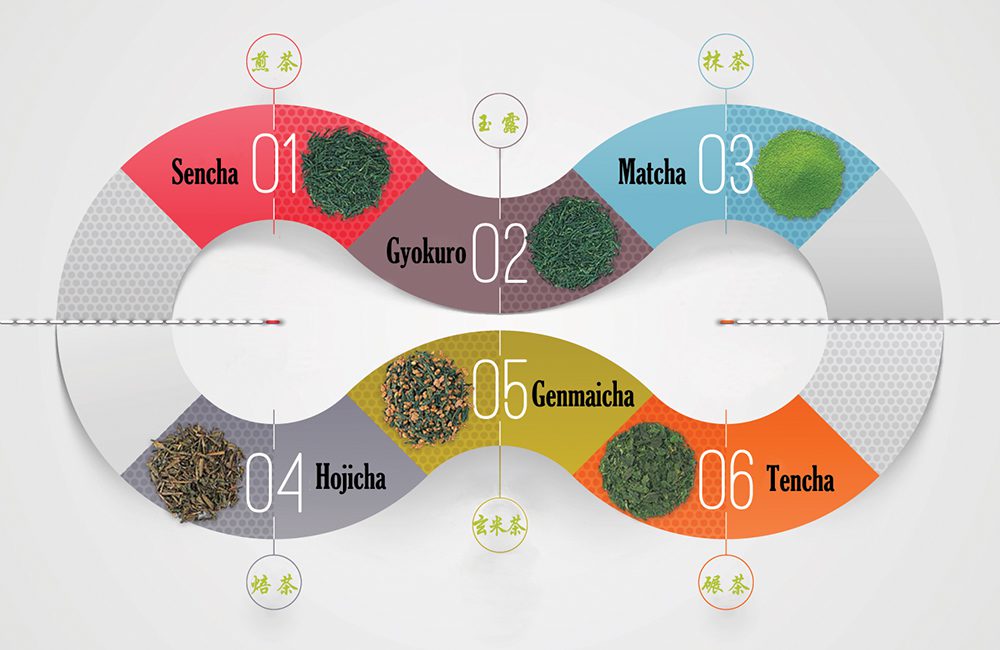
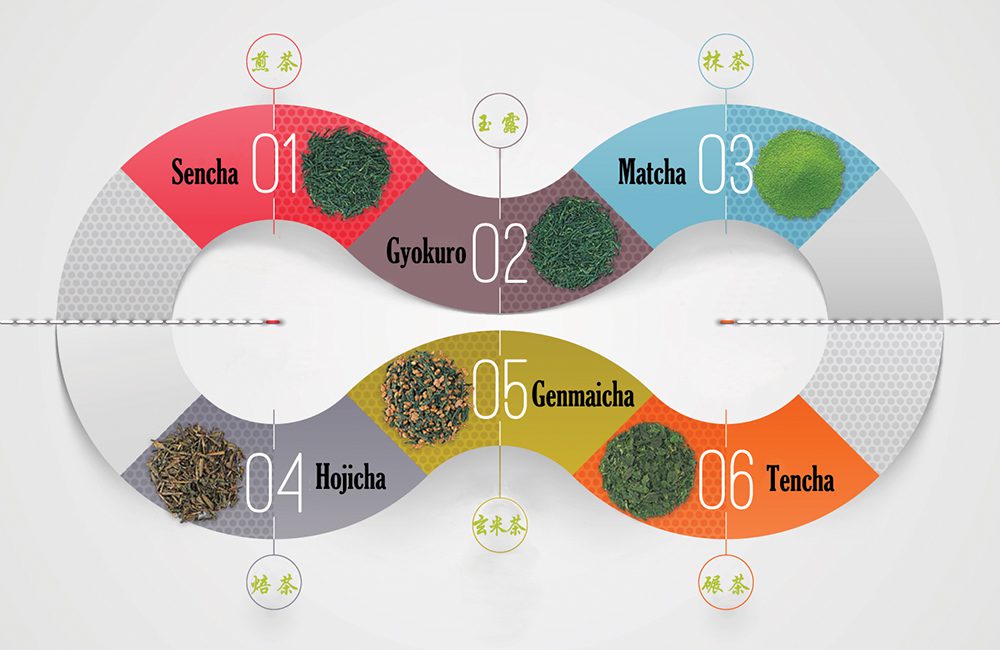
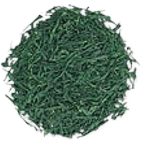
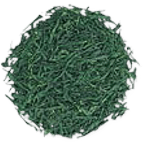
Gyokuro
Gyokuro tea bushes are covered with cloth or reed screen approximately days prior to picking. By limiting the amount of light that reaches the new shoots while they are growing, the generation of catechins from amino acids (theanine) is suppressed, resulting in lower astringency and a rich flavor. An aroma, similar to nori seaweed, is one of Gyokuro's unique characteristics.
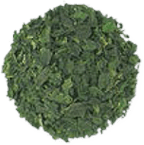
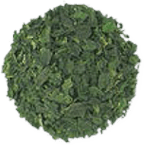
Tencha
Tencha is mainly used as the ingredient for Matcha. Similar to Gyokuro, the raw leaves(Ichibancha) used for Tencha are grown according to the covered culture method whereby the tea bushes have reed screen or cloth placed over them to block out most sunlight. However, after steaming, the leaves are dried without being rolled. After removing stalks and leaf veins, the tea leaf flecks become Tencha.
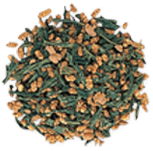
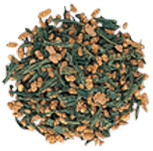
Genmaicha
Genmaicha derives its name from the Japanese word for "brown rice", which is rice that still retains the bran covering of the rice grain. The soaked and steamed brown rice is roasted and popped, and is mixed with Sencha or other tea in an approximately ratio. One may enjoy the combination of the savoriness of roasted brown rice and the refreshing flavor of Sencha. Genmaicha has a low caffeine content, making it a suitable tea for children and elderly people.
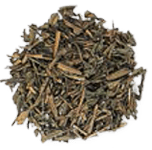
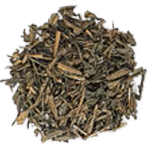
Hojicha
Hojicha is made by roasting Sencha or other types of green tea, which gives it a distinctive roasted aroma. The tea leaves are roasted in a roasting pan at a temperature of approximately 200 degrees. Through roasting, caffeine is sublimated and the Hojicha becomes less bitter. For this reason, it is said to be a tea that is easy to drink for children and elderly people. One may enjoy Hojicha's savory aroma and clear, light taste.
Tee Direction
How to brew japanese green tea?
Standard Methods for Preparing Green Tea
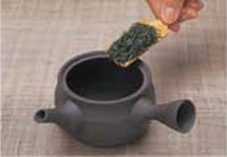
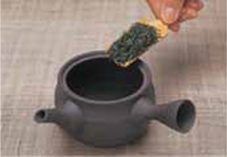
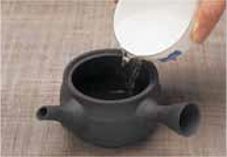
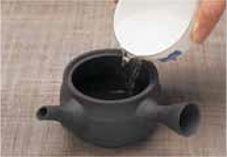
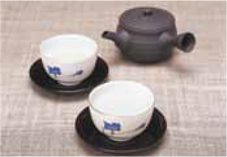
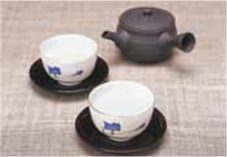
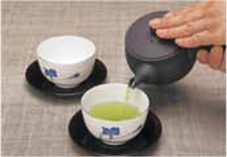
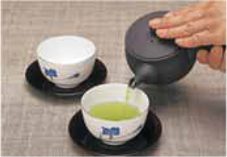
Type of Tea | Amount of Tea Leaves | Water Temperature | Amount of Water ( for one person) | Infusion Time | Second Pot |
|---|---|---|---|---|---|
Sencha (Standard) | 2.0g (approx. three-quarter tablespoon) | 80-90 0C (small rising high but not straight) | 90ml | Approx. 60 seconds | For the second pot,water tem perature should be slightly increased and infusion time shorter. |
Sencha (High Grade) | 2.0g (approx. half tablespoon) | 70 0C (small rising high but not straight) | 60ml | Approx. 120 seconds | |
Gyokuro (Standard) | 3.0g (one level tablespoon) | 60 0C (small rising wisp of steam) | 20ml | Approx. 120 seconds | |
Gyokuro (High Grade) | 3.0g (one level tablespoon) | 50 0C (faint wisp of steam) | 20ml | Approx. 150 seconds | |
Bancha | 3.0g (approx. one tablespoon) | Boiling water | 130ml | Approx. 30 seconds | Boiling water for the second pot also |
Hojicha | 3.0g (approx. one heaped tablespoon) |



